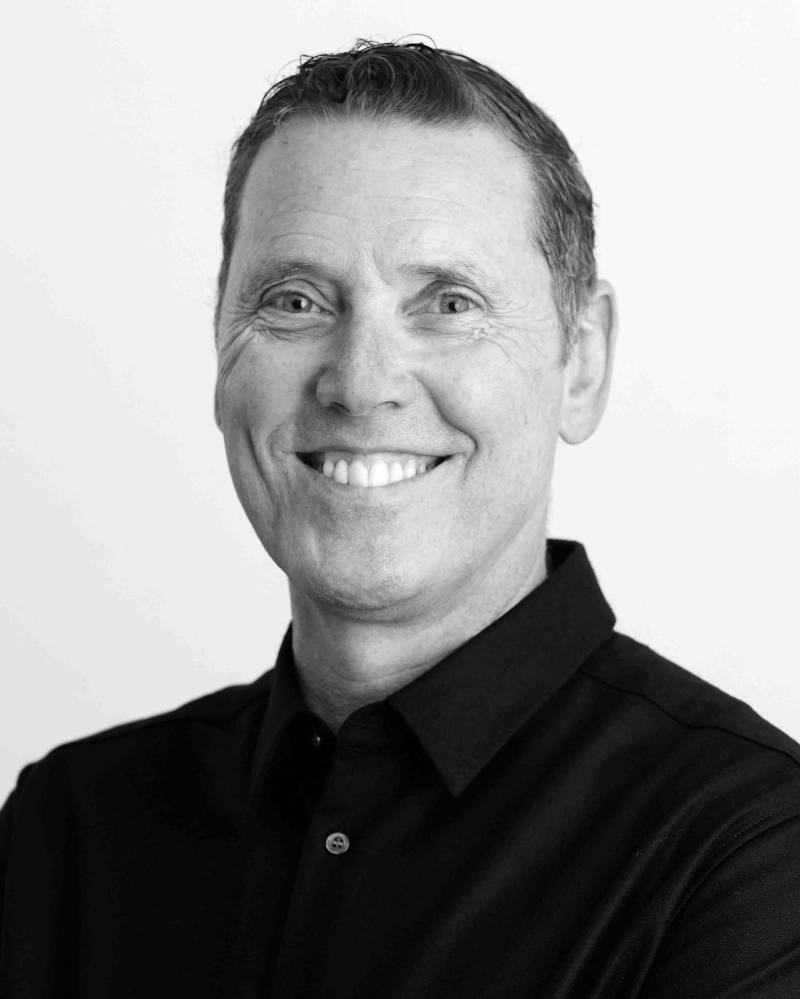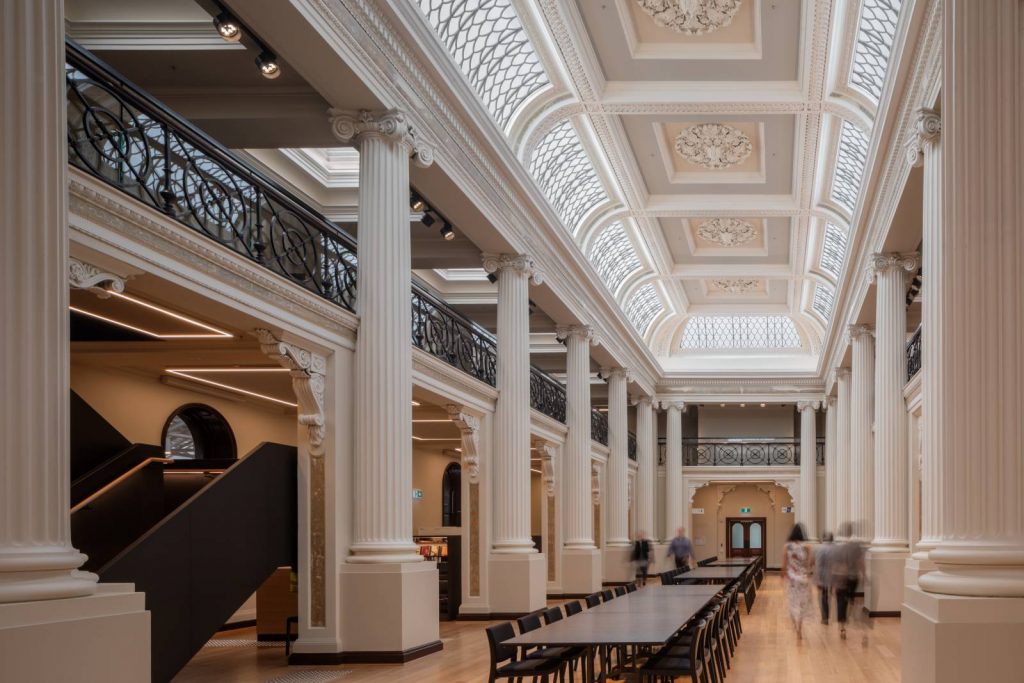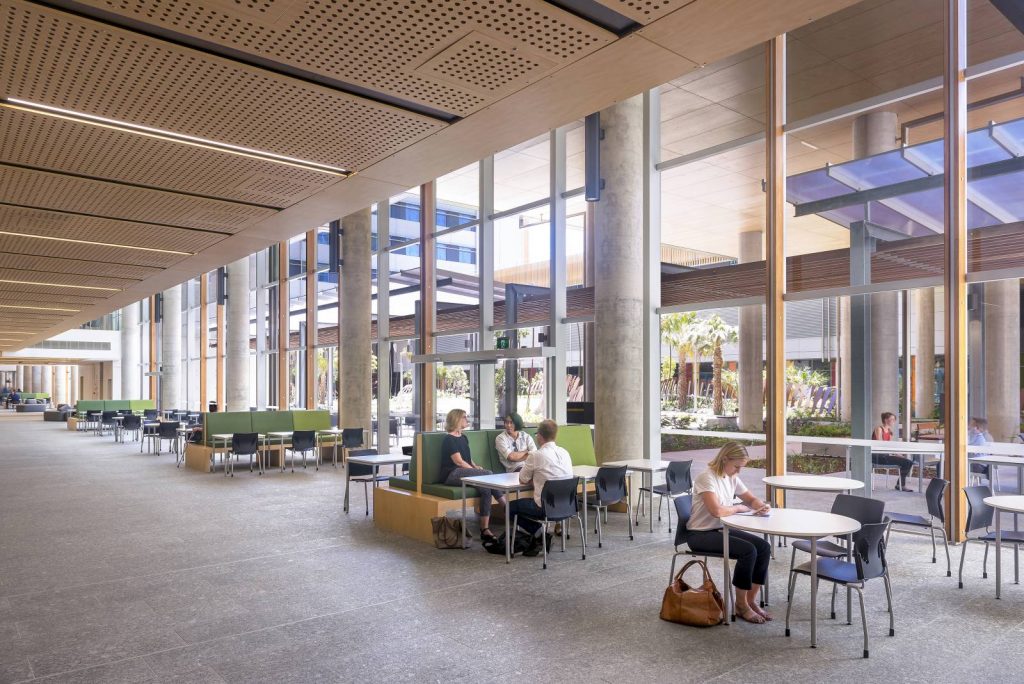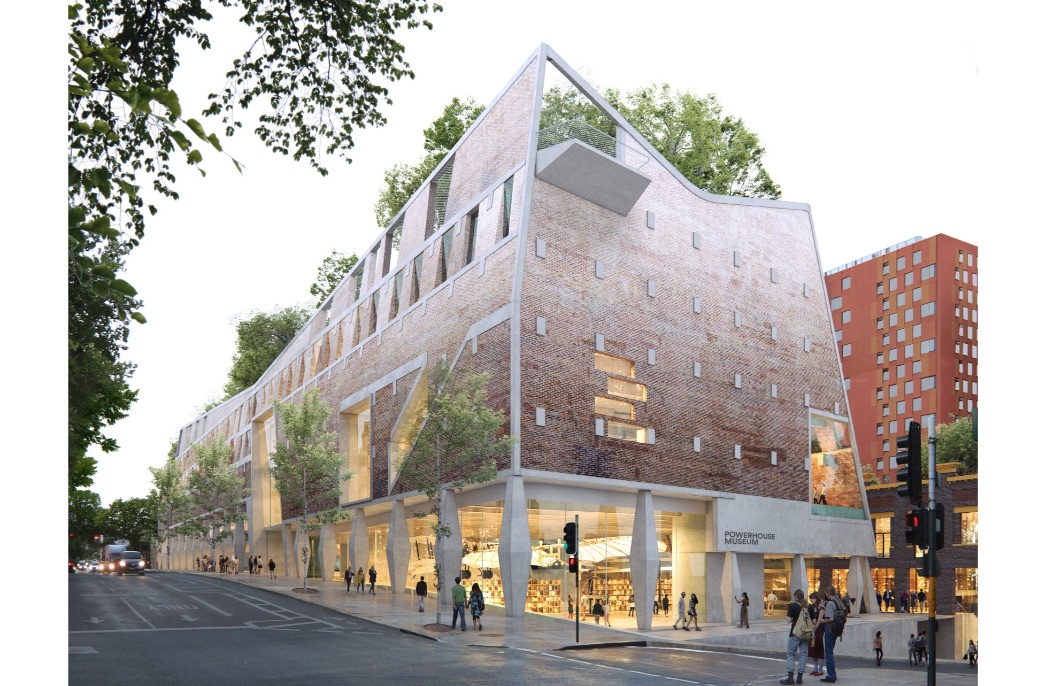
“Interiors tend to not reach their potential when they become obsessed with brand new,” says principal Mark Talbot
“Interiors tend to not reach their potential when they become obsessed with brand new,” says principal Mark Talbot
Share
Architectus principal Mark Talbot says the industry shouldn’t focus on creating “photo-worthy fitouts that demonstrate prowess in taste and modern design”.
Speaking to ADR following his move to Architectus’ interior architecture sector, Talbot has 28 years of experience across the architecture, interior architecture and industrial design disciplines, and says a designer’s focus should always be on how a person interacts with the space.

“It should not matter if furniture moves around, it should be more about how people want to work in the space.”
Part of this approach, Talbot says, is electing refurbishments over new builds.
“With a global waste crisis on our hands, smart renovations require an intelligent approach to preserving the essence of buildings that residents of a city have come to know and love, whilst acting responsibly in the way materials are sourced and used,” he says.
While working on a large repurposing project for Suncorp, Talbot had a “unique opportunity” to walk through the existing space and make individual decisions about what could be reused – from meeting rooms, to furniture and finishes.
“It would have been a travesty to smash the large walls of existing stone that had been quarried, cut and installed, so we managed to tie these in with the new brand aesthetic. We also focused on creating flexible spaces for employees to modify themselves as the business grew,” he says.
“This is a significant change of mindset in terms of workplace design, and can hopefully normalise a recycling conscience in other sectors.”
Continue reading for the rest of our interview with Mark Talbot.

You’ve worked on major interior design projects around the world, from some of Sydney’s finest universities to major commercial developments in London. What’s been one of your favourite projects to date and why?
Mark Talbot: That’s an easy one to answer. There was a lot of exciting infrastructure work happening in Hong Kong during the handover from the UK to China in 1997, and I was able to work on the renovation and extension of the city’s major transportation hub for five years. The new rail terminal housed customs, immigration, security and retail components, and we had to keep more than 100,000 people moving through both international and daily commuter operations every day during construction.
Such a long-term project enabled significant immersion with the client and design team, and my involvement went way beyond what the interiors scope would usually include – from hi-tech and complex industrial design to wayfinding, signage, assessment of materials and the design experience of lighting, spatial attributes and climatic conditions. When you’re able to work so closely with the architecture team, you can fully appreciate everything they are trying to solve for, and work to align your interiors with these goals, and vice versa.
Although I am interiors trained, I have always enjoyed more complex, multi-disciplinary projects. Architectus takes a multi-disciplinary approach to most projects, which is a rarity. I’m excited to be working in a diverse capacity on everything from a security screening transformation for Sydney Airport to a new commercial workspace for Macquarie Group.
What would you say is your core design philosophy in your approach to interior architecture?
Mark Talbot: Inquisitive insight. Regardless of what sector a client fits within, I truly believe that drilling down as far as possible to gain insight into how they operate and what the future looks like for them is incredibly important. We can then optimise these objectives through our design response and help plan for change. This inquisitiveness extends to an analysis of the building itself: what physical constraints and attributes are we working with that might unlock solutions?
As the land we’re building on evolves, it’s also evermore our responsibility to be intelligent about the materials we select, and I constantly strive to be more minimal in terms of each project’s footprint. Material science is advancing and architects are constantly discovering better efficiencies in terms of sustainability. We can increasingly do more with less by meeting occupant needs with really clever design.

The idea of human-centric design has become a buzz-word across all industries. Can you talk us through some use cases where you’re seeing it impact interiors?
Mark Talbot: Over the last decade, I’ve seen a seismic shift in how personal connectivity and social media have brought about a focus on user experience (UX), and how people move through cities and buildings. This has opened up new conversations with clients around not just UX but the leasing experience and the ‘whole of life’ experience by way of retail, hospitality, work and leisure coming together.
For example, to optimise the patient care model in hospitals, clients are looking beyond the functionality of how many theatres and what kind of equipment is needed, to a greater focus on the visitor and staff experience. Drawing from a sense of discovery and hospitality in the retail sector, hospitals are now aiming to relax people and ease navigation, from how you plan your visit to how you arrive, park and enter through a central point.

How does a building’s exterior impact or inspire the interior design of a space?
Mark Talbot: In my opinion, an appreciation of context and deep understanding of the physical attributes of a building is central to any successful interiors approach – especially in the education space. As part of modern teaching and learning pedagogies, spaces need to not just integrate technology, but enable new learning and wellbeing outcomes by connecting with the outside world. Environmental conditions can inform external features and internal operations, from focusing on natural lighting and acoustics, to bringing materials from the outside, indoors.
To get this right, I think it’s important there’s an indivisible connection between the interiors team and architects. We need to know the architectural rationale for the building’s configuration before we can design indoor spaces that connect with the approach and tie the whole space – from neighbourhood to classroom – together.
What makes you most excited about working at Architectus?
Mark Talbot: I’m very excited to work in a large team that has collaboration embedded in its DNA. Seamlessness comes when interiors work hand in hand with other sectors, and this ethos is central at Architectus. I’m also excited to have such a diverse remit – from commercial, to high-rise residential and aviation, working in quite abstract ways at the forefront of property and asset ownership.
What are your design predictions for 2020?
Mark Talbot: Authentic leadership across the practice and our daily conversations down to a granular level are about transitioning to a zero-carbon economy. This is about really walking the talk – including advocating for the removal of single use articles in our client’s businesses. We must use our influence as designers to consider the entire ecosystem of our clients’ organisations, not just the project’s property and occupancy matters. We can’t stop at just designing a series of spaces – we need to embolden ourselves with a currency of knowledge for everything from alternative waste streams, mainstreaming the taking back of furniture for refinishing, to inbuilt flexibility to ensure our designs can adapt and change with the evolution of the organisation beyond a decade.
We’re currently working on a major commercial project where our client is committed to, from my experience, an unprecedented level of engagement and authenticity to our first nations people. The level of understanding that we are gaining through working with advisers and collaborators is unlocking a vast depth of insight and appreciation, to inform everything from how we can embed cultural design principles to what “country” truly means. Taking this forward into all our project work and thinking is a major preoccupation.
Lead photograph: The Victoria State Library. Photographer: Trevor Mein
You Might also Like























